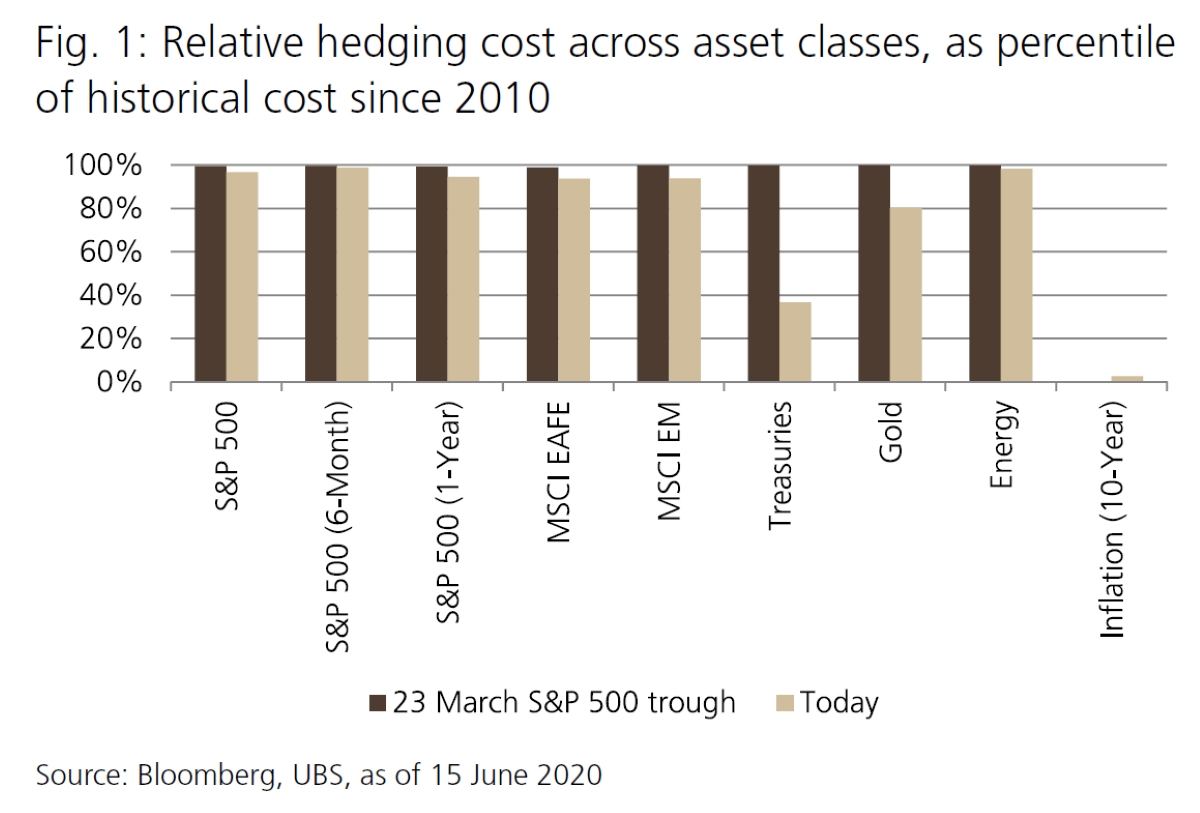Home>Finance>Capital Flight: Definition, Causes, And Examples


Finance
Capital Flight: Definition, Causes, And Examples
Published: October 22, 2023
Learn about capital flight in finance, including its definition, causes, and real-world examples. Understand how this phenomenon impacts global economies.
(Many of the links in this article redirect to a specific reviewed product. Your purchase of these products through affiliate links helps to generate commission for LiveWell, at no extra cost. Learn more)
Exploring Capital Flight: Definition, Causes, and Examples
Welcome to our Finance category, where we delve into various aspects of the world of finance. In this blog post, we will explore the concept of capital flight, its causes, and provide real-life examples to help you understand this phenomenon. If you’ve ever wondered how money can seemingly disappear from an economy, this article is here to shed some light on the issue.
Key Takeaways:
- Capital flight refers to the movement of large sums of money out of a country’s economy.
- This phenomenon typically occurs due to economic instability, political uncertainty, or restrictive government policies.
Now, let’s delve deeper into the topic of capital flight. Simply put, capital flight occurs when individuals, businesses, or investors shift their financial assets, such as cash, stocks, or property, from one country to another, causing a significant outflow of capital from the original country’s economy.
There are several reasons why capital flight occurs. Most commonly, it happens as a response to political instability or economic uncertainty. Investors and individuals may lose confidence in the country’s economic prospects, fearing that their assets will lose value or be subject to confiscation.
Another common cause of capital flight is restrictive government policies. For instance, if a country imposes strict currency controls or heavy taxes on wealth, individuals and businesses may seek more favorable investment environments elsewhere, leading to capital flight.
Now, let’s discuss some real-life examples to illustrate the concept of capital flight:
- Argentina: In the early 2000s, Argentina faced a severe economic crisis that resulted in a significant outflow of capital from the country. Investors were concerned about the country’s debt default and the devaluation of the Argentine peso, leading them to move their money to safer havens.
- Greece: During the Greek debt crisis, capital flight became a major concern. The fear of a potential exit from the Eurozone and the collapse of the Greek banking system prompted many individuals and businesses to withdraw their funds from Greek banks and transfer them to other European countries.
- Venezuela: Political instability and hyperinflation in Venezuela have resulted in one of the most extreme cases of capital flight. With the devaluation of the Venezuelan bolívar, many citizens and businesses have resorted to transferring their assets abroad to preserve their wealth.
In conclusion, capital flight is a phenomenon characterized by the movement of significant amounts of money out of a country’s economy. It occurs due to factors such as economic uncertainty, political instability, and restrictive government policies. Real-life examples such as Argentina, Greece, and Venezuela provide a glimpse into the consequences of capital flight for both individuals and economies on a larger scale.
We hope this blog post has shed light on capital flight and its impact on the global financial landscape. Understanding these concepts is crucial for gaining insights into the complexities of international finance.














